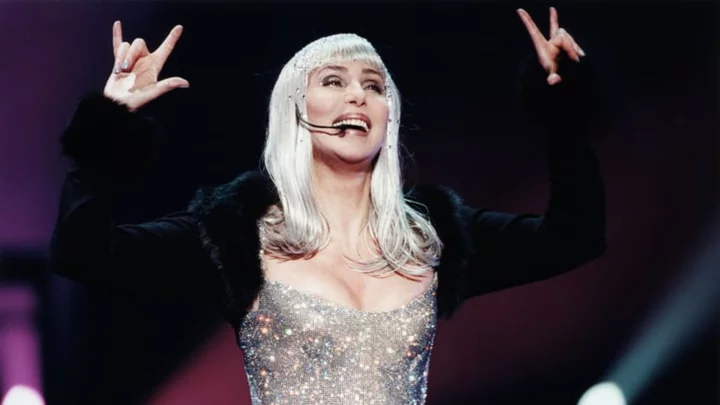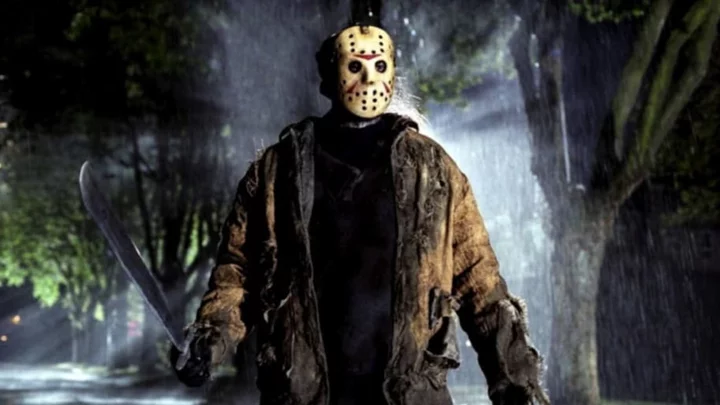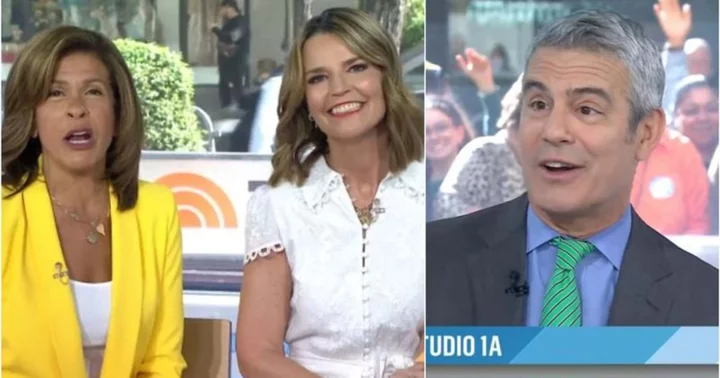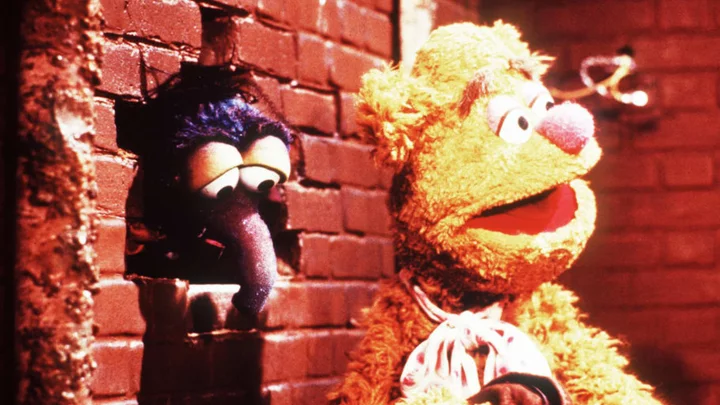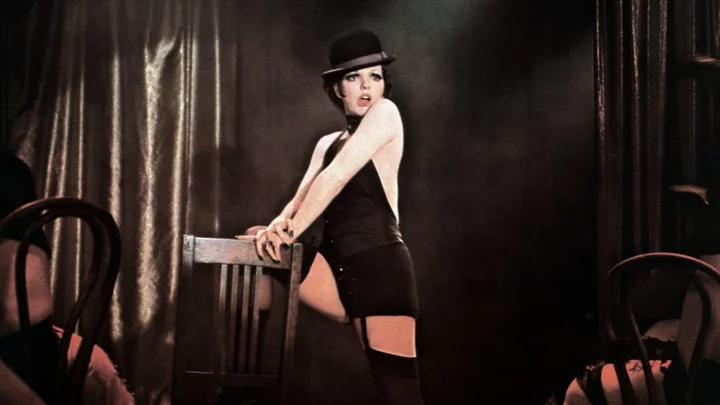A powerhouse return to the dance floor, a pioneering use of studio technology that twisted the human voice beyond recognition, and one of pop’s most pressing questions: “Do you believe in life after love?“ These were the magic ingredients for a behemoth of a single that both unexpectedly returned Cher to her rightful place at the top of the charts and forever changed how hit songs were made.
Cher was no stranger to the career rejuvenation, of course. In 1971, she bounced back from a string of flop albums by cutting loose from her regular collaborator (and then-husband) Sonny Bono for the song “Gypsies, Tramps and Thieves.“ Toward the end of the same decade, she once again clawed herself away from the brink of irrelevance by hitting the disco for the tune “Take Me Home.“ And having spent much of the ’80s in the musical wilderness, she then reemerged as a leather-clad, cannon-straddling rock goddess to commercial effect on the 1989 album Heart of Stone. The Believe campaign that launched in 1998, however, was an entirely different story.
Ready to Rejuvenate
The title track of the album, which celebrates its 25th anniversary this year, sold more than 11 million copies worldwide, reached pole position in 23 countries, and ultimately became one of the true pop culture touchstones of the pre-millennium era. Its unprecedented success is all the more remarkable for the fact it occurred at the start of the TRL era. Indeed, at the age of 52, Cher could have theoretically parented Britney Spears, Backstreet Boys, and pretty much every other guest who graced Carson Daly’s studio. When “Believe” topped the Hot 100 in the following March, the diva officially became the oldest female artist to ever achieve such a feat, a record that stood until 2022 when a 53-year-old Mariah Carey once again returned to the number one spot with “All I Want for Christmas Is You.”
Cher was an unlikely candidate to score the biggest Billboard hit of 1999. She’d last reached the Top 10 a decade earlier with “Just Like Jesse James,” while her only chart appearance in the previous eight years had been a No. 52 cover of “One by One,” a song originally recorded by two-time Eurovision winner Johnny Logan. A collaboration with Beavis and Butt-head, a cameo in notorious flop Prêt-à-Porter, and an ill-advised foray into the world of infomercials had also seen her stock hit an all-time low.
Had Cher followed her initial instinct, she would have likely remained an artist whose best days were long behind her. The superstar was left unconvinced when her Warner Music label boss Rob Dickins suggested her 22nd studio effort should pursue a dance-pop direction, dismissing it as a sound without “real songs.” But after having her arm slightly twisted, Cher headed into the studio with producers Brian Rawling and Mark Taylor. Ironically, she’d later hail one particular session as “the most fun I ever had making a song.”
“Over My Dead Body”
The song that came from it, “Believe,” actually originated in 1990. Songwriter Brian Higgins, who would later mastermind the career of British girlband Girls Aloud, had shopped around an early incarnation to various artists without any luck. Dickins saw potential in the chorus, but hated its verses, something that Rawling and Taylor were tasked with rectifying. The latter told Sound on Sound this was easier said than done: “The hard part was trying to make one that wouldn’t alienate Cher’s existing fans. We couldn’t afford to have anyone say, ’I hate this because it’s dance.’”
The production team’s most notable change, of course, was the piece of vocal trickery which made one of pop’s most recognizable voices sound like an android. Although Auto-Tune had been adopted by major artists before—see Kid Rock’s “Only God Knows” from 1998’s Devil Without a Cause, for example—“Believe” was by far its most prominent use. Not only was Cher a household name across the world, but the song pushed the audio processor to its limits. Auto-Tune had been designed by research engineer Andy Hildebrand as a means of subtly pitch correcting a vocal. There was nothing subtle about “Believe,” though, which heavily manipulated Cher’s famous contralto throughout its four-minutes of dance-floor bliss.
Taylor admitted he was nervous about showing Cher the finished product the first time. Luckily, the star was on board from the moment she heard the first robotic wobble. In fact, she admitted they all high-fived each other “like some stupid Rocky film” at the time. Dickins and the rest of his team, however, were far more skeptical. In fact, they requested the song’s unique selling point be removed until its singer told them, “You can change that part of it, over my dead body.”
The Beat Goes On
Indeed, perhaps because of her creative involvement, Cher ended up becoming fiercely protective of the track. She had rewritten part of the second verse following a realization in the bathtub that the original was “too whiney.” And it was her insistence on replicating the voice encoder (or vocoder) sound of a track by British soul-pop act Roachford that helped the producers stumble across their winning technique.
The final piece of the “Believe” puzzle appeared courtesy of Nigel Dick’s flashy promo in which a young woman roams around a nightclub searching for her boyfriend, only to find him in the arms of someone else. Inevitably, the adulterous storyline plays second fiddle to a positively glowing Cher, who pulls double duty as a performer and caged agony aunt. Unsurprisingly, an MTV Video Music Award nod followed to go along with the Grammy nomination for Record of the Year and Grammy win for Best Dance Recording.
The song “Believe,” which also helped the same-named album become Cher’s highest-charting entry on the Billboard 200, has never really gone away in the quarter-century since. In the last 18 months alone, it has been covered by Jessie Ware, Lucy Dacus, and Manchester Orchestra. And the fact that it has remained the encore for nearly every date on Cher’s never-ending series of “farewell tours“ further proves how well regarded it is among her iconic oeuvre.
And let’s not forget the impact the song had on pop music in general. “Believe” paved the way for Daft Punk’s Discovery, Kanye West’s 808s and Heartbreak, and essentially T-Pain’s entire career. In a piece about Auto-Tune, Pitchfork speculated that 99 percent of contemporary chart music is constructed using the technique. That’s undoubtedly the result of the Cher effect, even if her producers initially insisted a vocoder had been their tool of choice. And it’s something the diva remains resolutely proud of, telling The Hollywood Reporter in 2023, “We did it. We were the first ones … The record company didn’t want to do it. They said, ‘You can’t tell who it is.’ I went, ‘Yes, I know, that’s the beauty of the whole thing!’”
This article was originally published on www.mentalfloss.com as Make “Believe“: How Cher Staged One of Pop Music’s All-Time Greatest Comebacks.

